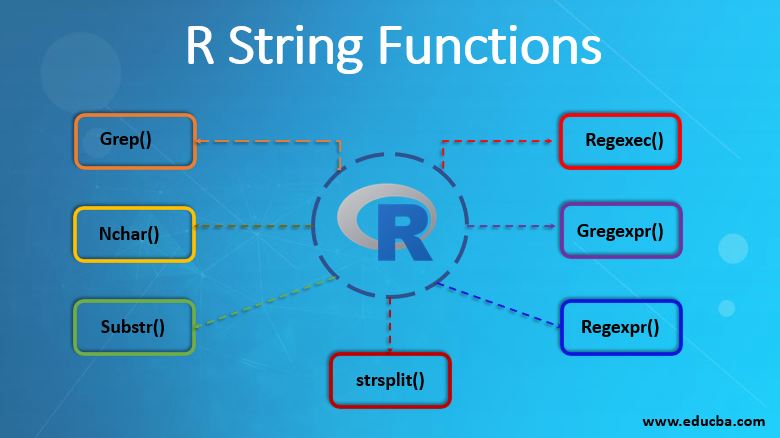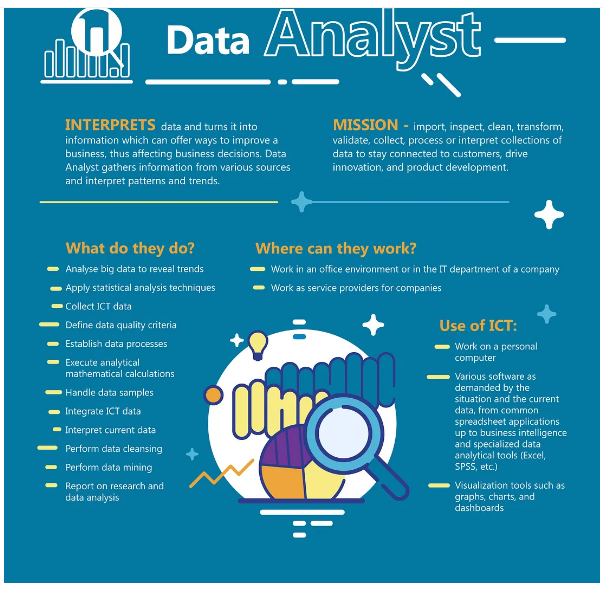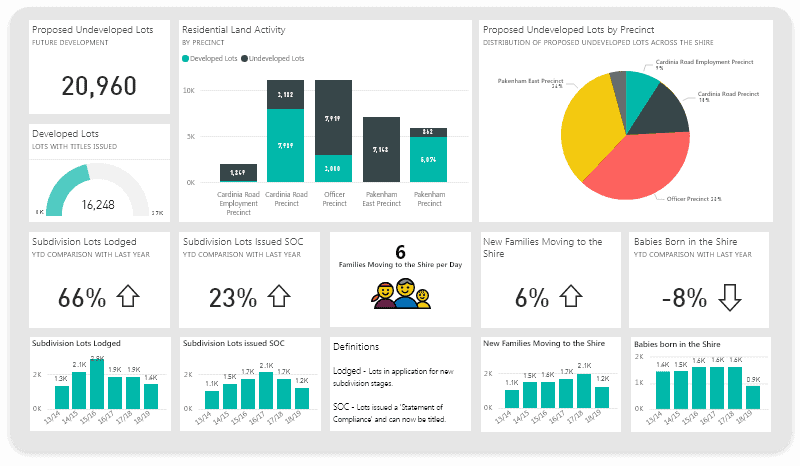
To predict employee performance using R programming, you would need a dataset containing information about employees and their performance. The dataset could include variables such as employee age, education level, job title, tenure, salary, and performance ratings.
Once you have the dataset, you can use various machine learning algorithms in R to build a predictive model. Here’s an example of how you could approach the problem using the randomForest package in R:
- Load the
randomForestpackage:
library(randomForest)
- Load the dataset into R using the
read.csv()function:
employee_data <- read.csv(“employee_data.csv”)
- Split the dataset into training and test sets using the
createDataPartition()function from thecaretpackage:
library(caret)
set.seed(123)
train_index <- createDataPartition(employee_data$performance_rating, p = 0.7, list = FALSE)
train_data <- employee_data[train_index, ]
test_data <- employee_data[-train_index, ]
- Build a random forest model using the training data
model <- randomForest(performance_rating ~ age + education + job_title + tenure + salary, data = train_data)
- Use the model to make predictions on the test data:
predictions <- predict(model, newdata = test_data)
- Evaluate the performance of the model using various metrics such as accuracy, precision, recall, and F1 score:
library(caret)
confusionMatrix(predictions, test_data$performance_rating)
The confusionMatrix() function from the caret package will give you various performance metrics for the model, such as accuracy, precision, recall, and F1 score.
This is just one example of how you could approach the problem of predicting employee performance using R programming. There are many other machine learning algorithms and techniques you could use, depending on the nature of your dataset and the specific problem you’re trying to solve.



















































































